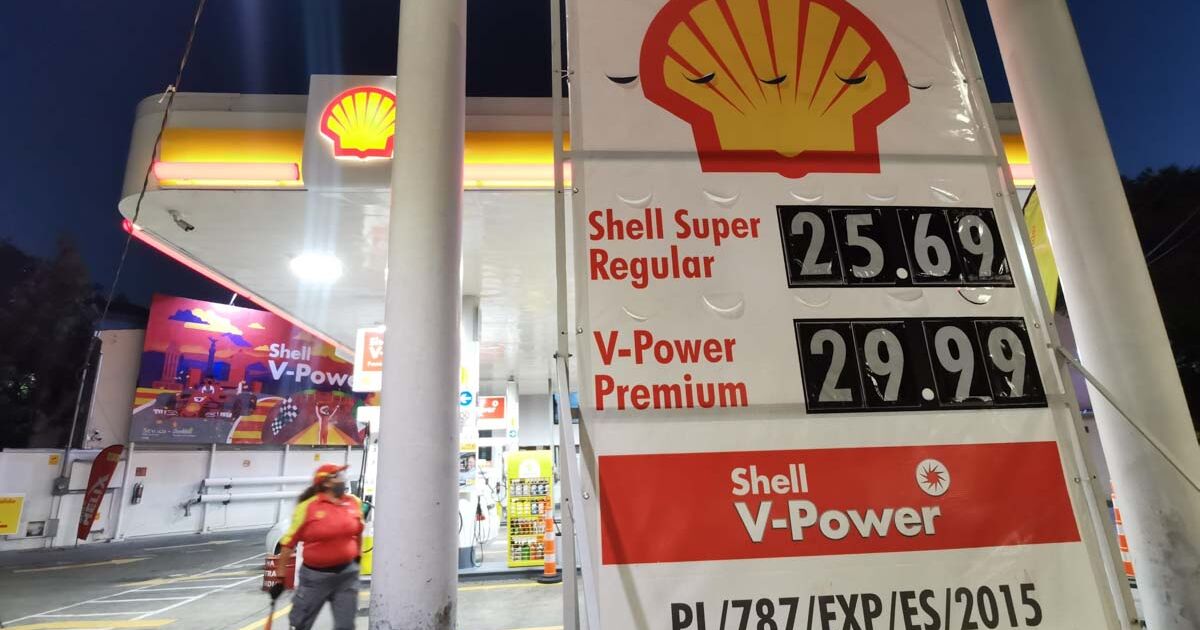Already within CDMX, prices also vary according to location: at stations of the Benito Juárez, Miguel Hidalgo, Venustiano Carranza and Álvaro Obregón mayors, the same type of Premium fuel is sold between 23.18 and 25.69 pesos, so filling the same tank would imply a disbursement of between 1,159 and 1,284.5 pesos, which implies a difference of 125.5 pesos.
In the same way, Magna gasoline reaches prices between 20.88 and 24.79 pesos, which force drivers to pay from 1,044 to 1,239.5 pesos to fill the 50-liter tank of their vehicle.
Why is gasoline more expensive?
The economic recovery is one of the main causes of the rise in gasoline prices in recent months, and Russia’s military invasion of Ukraine will exert additional pressure in the future.
Inegi data shows that only in February, fuels rose 8.49% throughout the country, a level higher than the annual general inflation of 7.28% in the same month.
According to information from the consulting firm PetroIntelligence, the national averages maintain an upward trend so far in March with no brake in sight in the short term.
Gas price averages nationwide
Immune to stimuli
The Ministry of Finance announced on March 4 that in addition to the reduction of the Special Tax on Products and Services (IEPS) on fuels, it will also give incentives to sellers of gasoline and diesel through VAT or ISR accreditation.
The agency in charge of Rogelio Ramírez de la O pointed out that the subsidy will last as long as international oil prices remain pressured upwards, and as long as they manage to make accounting adjustments, between an income that is more, and an income that is less.
For the week of March 5 to 11, the fuels that have a 100% subsidy are Magna gasoline and diesel.
(Alberto Verdusco)
For this, the Ministry of Finance will give an additional stimulus to marketers of 0.8716 pesos per liter of Magna, and another of 0.6061 pesos for each liter of diesel sold in this period, details the agreement that is published every Friday to publicize the IEPS quotas, and which contains a new section for additional incentives.
“This stimulus is complementary to the IEPS and is aimed at taxpayers who are the producers and importers of fuels, when they sell first-hand in national territory; said stimulus will have an impact on all subsequent operations, benefiting the final consumer,” the SAT said in a statement Wednesday night.
President Andrés Manuel López Obrador said last Monday that he plans to use the largest portion of his resources derived from surplus oil revenues to subsidize fuels such as gasoline and diesel.
“We don’t need to increase gasoline prices because the subsidies we are giving to gasoline are offset by the excess crude oil price. So we are making a balance and it is positive for the Public Treasury, “he declared in a morning conference on March 8.
Between March 1 and 9, the price of a barrel of Mexican oil for export went from 97.57 to 105.97 dollars, according to data from Pemex. The Treasury expects that in all of 2022, the price of the mixture will average 55.1 dollars.
With information from Luz Elena Marcos, Alberto Verdusco, Ivet Rodríguez, Fernanda Hernández and José Avila.

(Jose Avila)








